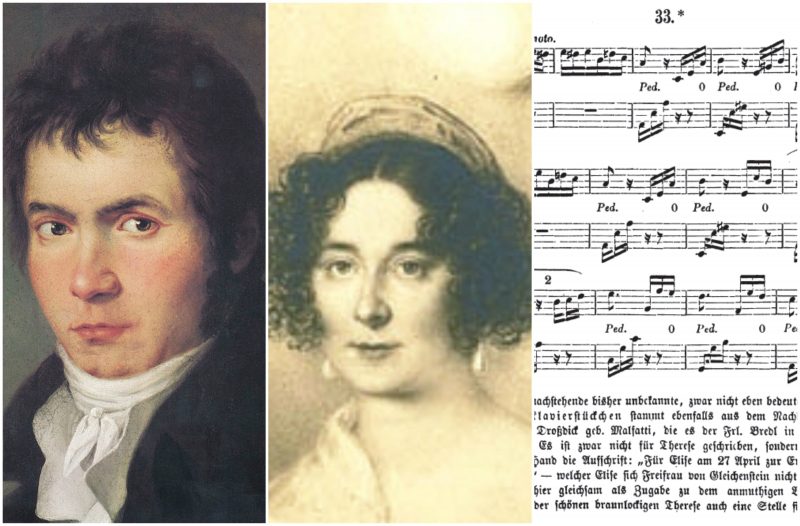It appears that the catchy piano melody was not dedicated to the famed Elise whom Beethoven admired. Named as “Bagatelle No. 25 in A minor”, to this day, it stands as one of Beethoven’s most popular written compositions, and it is cemented as a piano standard for everyone who wants to learn how to play the piano. Its origin, story, and to whom it was dedicated to, is still a mystery.
Born in Bonn, Germany (Electorate of Cologne, a principality of the Holy Roman Empire), on December 17, 1770, Ludwig van Beethoven strangely believed that he was born two years later, even with proven paperwork that he was born in the said year.
The composer showed his extraordinary musical talents at a young age, taught rigorously by his violent, alcoholic father, Johann, and by the composer Christian Gottlob Neefe. But, his main source of education was his grandfather, musical genius, and namesake Ludwig, nurturing the young artist’s musical talent.
He began his musical studies at the age of 21 in Vienna, along with the famed compositor Joseph Haydn. He quickly gained a reputation among his Classicist and Romanticist peers as a master pianist and was extremely adept at improvisation. An innovator for his musical contributions above all, he pushed the boundaries of music, showing new ways, techniques, and combinations that would pave the way for new artistic movements in the 18th century.
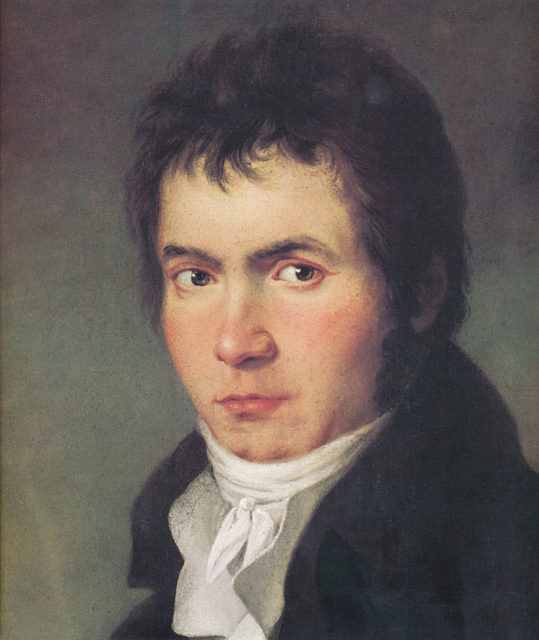
Sadly, his hearing began to worsen during his 30s, a fate worse than death for the great musician. Throughout his life, he would try to conceal this handicap, but would quickly grow bitter and anti-social because of it, often with violent outbursts.
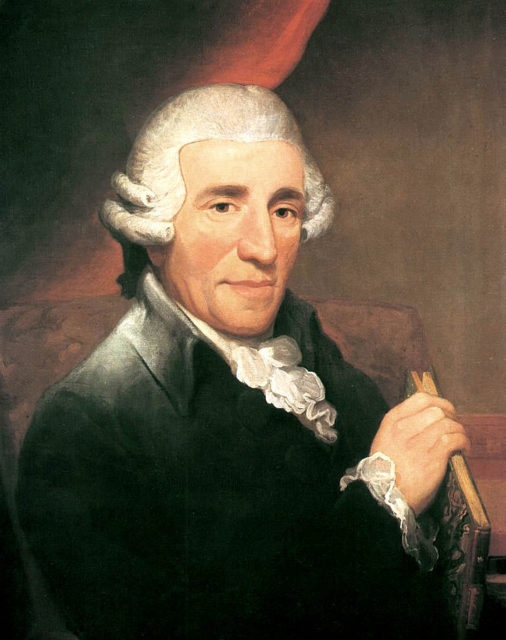
By his friends and acquaintances, he was remembered for his cheerful personality during his youth. His character would narrowly shift from a friendly demeanor to a total grouch, most likely because of his understandable inability to cope with deafness. Marked by his biographers as an unfair way of remembering him, even though his musical compositions certainly overshadow his later-life temperament.
Giving up conducting for obvious reasons in 1811, he continued to compose great music. Many of his most admired compositions and works are, surprisingly, from the last years of Beethoven’s life, when he was struggling with deafness. It’s truly a miracle how Beethoven continued to compose, despite the unforgiving setback.
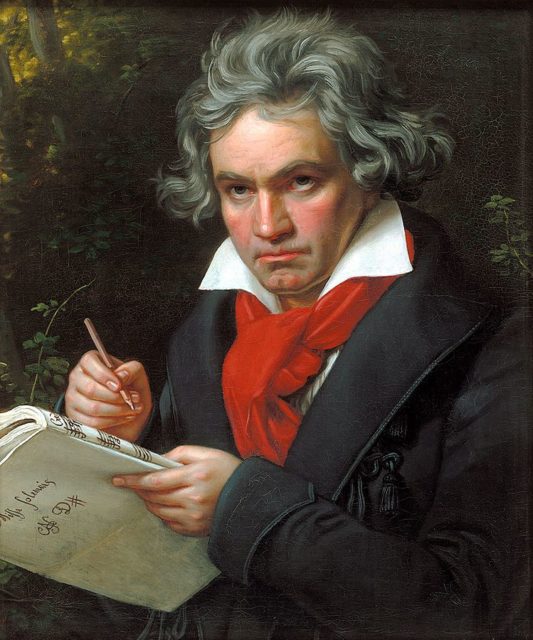
Beethoven had very bad spelling and handwriting, and some research has shown that he may have suffered from mild dyslexia. This may be the main culprit behind the grand miscommunication over “Für Elise”. The score was published 40 years after his death in 1867, and the discoverer of the paper, Ludwig Nohl, confirmed that the piece was dated 27th April 1810. The original manuscript was lost.
This means that the version we hear today was transcribed and rewritten by Ludwig Nohl, so there may be some modified details of the score. Beethoven’s handwriting was sloppy and almost unreadable, no doubt reflecting his restless, difficult character. It was a daunting task for the transcriber to copy the same notes, let alone the lettering.
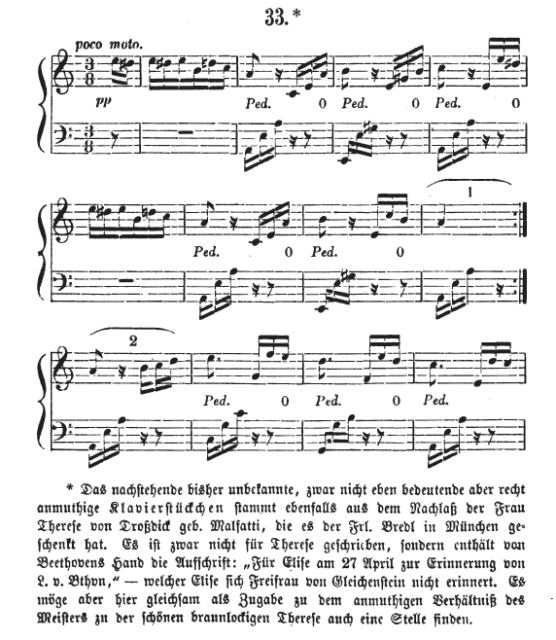
There are strong allegations that the identity of “Elise” was actually Therese Malfatti von Rohrenback zu Dezza, Beethoven’s student, and friend. The story goes that he fell in love with her and proposed to her in 1810 (conveniently adding up to the date of the score), but she turned his proposal down. She later married a wealthy nobleman, Wilhelm von Drossdik in 1861.
Beethoven’s letter from 1801 to his dear friend Franz Wegeler defines and liberates his struggle, “I must confess that I lead a miserable life. For almost two years I have ceased to attend any social functions, just because I find it impossible to say to people, I am deaf. If I had any other profession, I might be able to cope with my infirmity; but in my profession, it is a terrible handicap”.
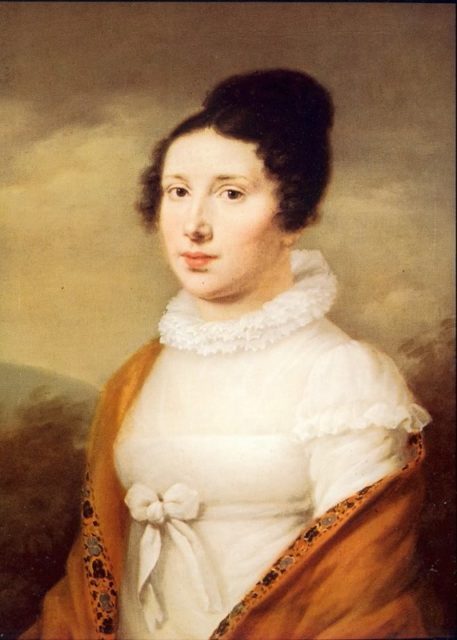
Beethoven was almost driven to the point of suicide, and there have been many cries for help, such as in this letter. He died from posthepatitic cirrhosis of the liver on March 26, 1827. No other composer managed to contribute to humanity’s music in such a way. Beethoven never married or had any children, though his legacy is undoubtedly immortalized.
The equivalent of such a feat, to tirelessly work and compose with great endurance, may perhaps be that of John Milton’s magnum opus, “Paradise Lost.” Milton was blind when he wrote it, accompanied by friends and family to write for him while he dictated it.
The relentless dedication Beethoven had is a shining example of commitment, pushing the very boundaries of the human spirit to carry on, despite crippling obstacles. Not only is Beethoven remembered for his brilliant symphonies, pieces, operas, and sonatas, he is a beacon of perseverance and sheer willpower.
